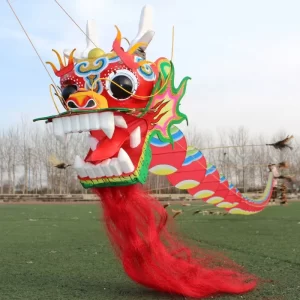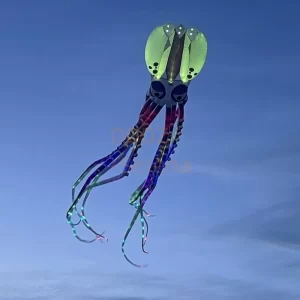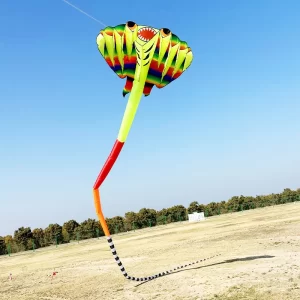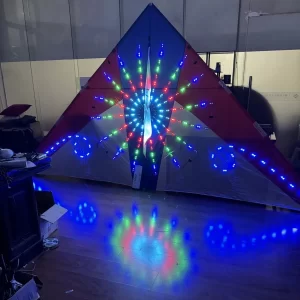
Kites come in various shapes, sizes, and designs, each suited for different flying conditions and styles. Whether you’re a beginner looking for a leisurely experience or an enthusiast aiming to perform aerial tricks, here’s a comprehensive guide to help you choose the perfect kite:
By considering these factors and understanding the different types of kites available, you can select the perfect kite that suits your preferences and flying ambitions. Whether you’re seeking relaxation, adventure, or the thrill of mastering kite tricks, there’s a kite out there just waiting to take flight with you!







